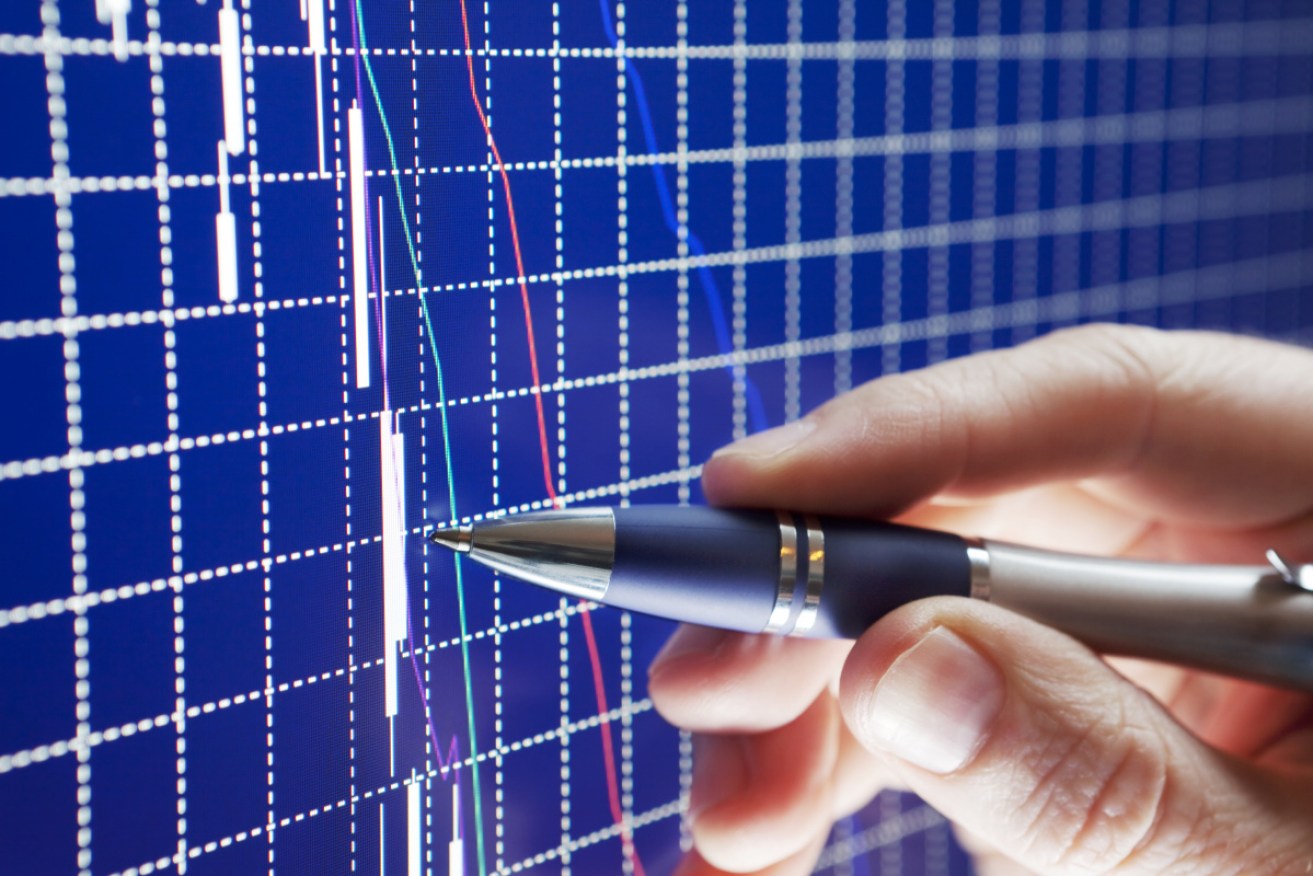The share market crash doesn’t mean hard times ahead are inescapable


Previous market shocks show recession is no certainty. Photo: Getty
With panic overcoming financial markets as the coronavirus spreads globally, many fear falling markets mean an economic earthquake is nigh.
But a look at the history of market shakeouts since financial deregulation in the 1980’s show that assumption isn’t justified.
The biggest sharemarket shakeout since then was the Black Tuesday crash of 1987 when the market fell 25 per cent in one day.
By early November, that year, the market had fallen 46 per cent. 
That was the largest one day fall on record, and the quickest market loss to its nadir.
But “it had virtually no economic impact,” said independent economist Saul Eslake.
“In fact when the government realised it had no impact they put interest rates up to 17.4 per cent under the pretext of fixing the balance of payments.”
That interest rate hike caused then Treasurer Paul Keating’s famed “recession we had to have”, which put unemployment into double figures.
It marked the last negative spell the Australian economy experienced.
So resilient was the Australian economy back then that despite 20 per cent of the market index being accounted for by highly leveraged “entrepreneurs” like Alan Bond, Christopher Skase and John Spalvins, who finished up going broke with massive debts, everyday business was unaffected.
When high interest rates bit a couple of years later, however, not only the entrepreneurs but lots of solid businesses crashed and burned hitting everyday life.
The GFC
When the global financial crisis hit in 2007, markets around the world crashed under the weight of a banking system that froze under the influence of massive amounts of dodgy securitised mortgages originating in America.
A sharp global recession, followed as countries like Ireland and Spain almost went broke and governments took over failing banks and manufacturers.
Australia looked like following but two circuit breakers kicked in.
“In the December quarter 2008 the Rudd government came through with a fist full of dollars that kept us positive,” said David Bassanese chief economist with BetaShares.
“Australia guaranteed the banks after Ireland, the UK and other countries had done so and globally the banks stabilised and the fear of bank failure disappeared,” he said.
Australia got an extra boost when “China reflated and caused an uptick in iron ore exports which helped us ride it through,” said Stephen Anthony, chief economist with Industry Super Australia.
2018-19 Fed slump
In mid 2018 the US Federal Reserve Board started to push up interest rates.
“There was a fear rates would rise further and the Fed seemed oblivious despite the emergence of trade wars,” Mr Bassanese said. “The Fed pivoted, the US started to talk to China [though problems flared again later], the economic data held and markets recovered,” he said.
“Big investors were overconfident and markets were misaligned,” Dr Anthony said. “there was a short, sharp shock but the real economy barely felt it.”
Australian resilience
There is a new resilience in the economy that can help Australia through economic crises.
Paul Keating pushed interest rates so high in 1987 because he feared that a rising balance of payments deficit would see international investors sell down the Australian dollar which, in turn, would push up foreign debt denominated in foreign currencies.
 But now things are different. “Back in 2000, 40 per cent of Australia’s foreign debt was denominated in Australian dollars whereas now it is 70 per cent,” Mr Eslake said.
But now things are different. “Back in 2000, 40 per cent of Australia’s foreign debt was denominated in Australian dollars whereas now it is 70 per cent,” Mr Eslake said.
That means that a falling dollar won’t push up our international repayments much.
“Australia is now a creditor nation owning more assets overseas than foreign investors own in Australia,” Mr Eslake said.
That has been the case since 2014 and it means we are more able to weather financial storms.
The $3 trillion superannuation industry not only owns much of those foreign assets but has delivered a war chest to shore up the local economy.
During the GFC the big four banks, industrial companies like Wesfarmers and a swag of property trusts that had got in trouble were able to recapitalise their balance sheets by raising $10s of billions in new equity, primarily from super funds.
That helped shore up the economy and prevented recession and unemployment.
“That will happen again if it becomes necessary,” Dr Anthony said.
Where are we headed?
There is nothing to indicate long term economic damage so far.
“We are expecting economic dislocation in the short term but expect a recovery in 12 to 18 months” said Sarah Hunter, chief economist at BIS Oxford Economics.
“The markets are not reflecting the economic outlook for the next 30 years.”
The New Daily is owned by Industry Super Holdings








